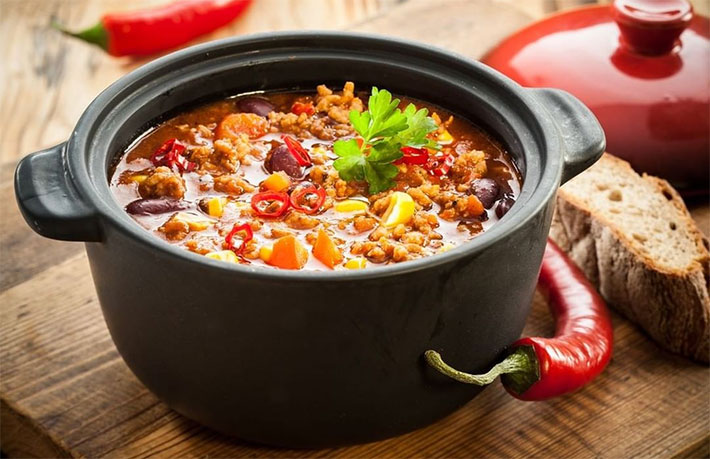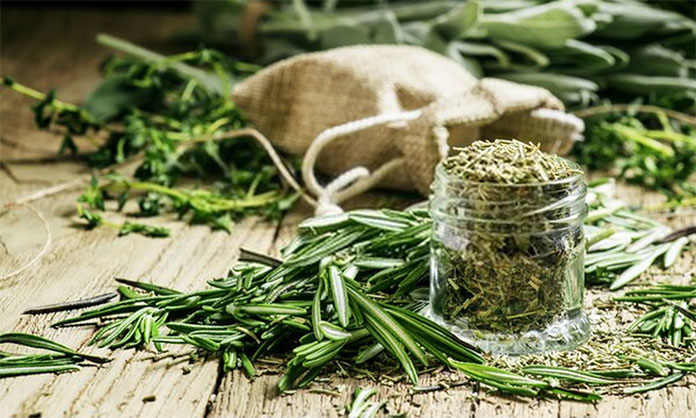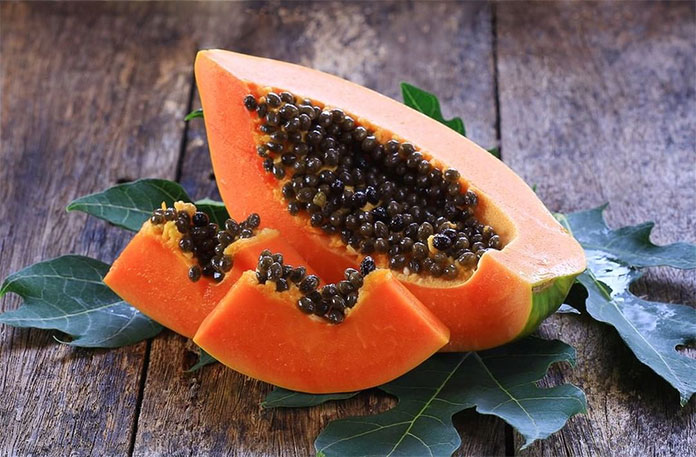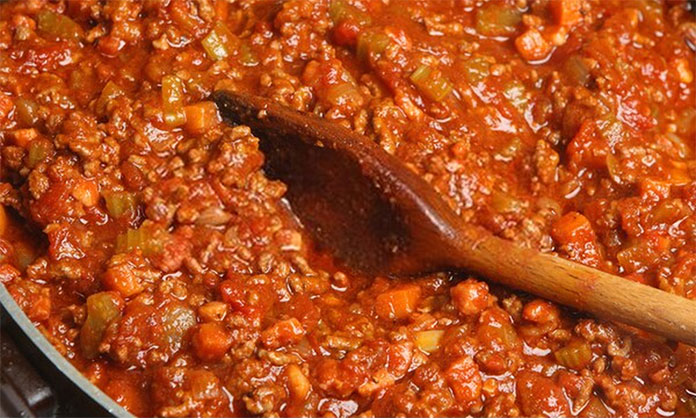How to Thicken Chili: 6 Ways You Can Try for A More Satisfying Meal
It’s not a simple task to make chili. It’s even harder to make one that’s not just flavorful, but also has the right texture and thickness. One of the most common problems homecooks face is not making a thick-enough bowl of chili, much to the disdain of their family or guests.
More...
Lucky for you, we’ve tried several ways to solve this problem and came up with six proven and tested ways. Read on below to check out how to thicken chili the right way!
6 Ways to Thicken Chili
1. Using Flour to Thicken the Chili

This is often the first resort homecooks go to. There are so many types of flour out there, and most of them can be used to thicken chili. Here are a few that we recommend:
All-Purpose Flour
This is the most commonly used type of flour, and is a combination of hard and soft wheat.
Cornmeal
Made from coarse corn flour, this is often used for baking cornbread, spoonbread, and johnnycakes. Masa, a type of cornmeal, is used to make tortillas, tamales, and other Latin dishes.
Note: Be careful with adding too much cornmeal, as it can alter the flavor of the chili if you go overboard.
Corn Flour, Maize Starch, or Cornstarch
This type of starch is mainly extracted from corn grains. Its primary purpose is to thicken soups, sauces, and other bases.
Note: Be cautious with how much you add. Although it will not change the taste of the dish, it can dilute the chili if you go overboard with it.
These are the three most common flours you can find almost everywhere. Of course, you can go with other types of flour as you wish. Two particular types that do a good job in thickening chili include tapioca starch and rice flour.
2. Simmering to Evaporate Liquids
The basic idea of simmering is to heat the chili just below the boiling point, which is around 212°F. This will cause evaporation of any excess liquids. Be wary of simmering too long - or leaving your cooking unattended - because this can dehydrate the dish completely and even burn the chili. The best way to do this is to simmer without the lid on, so that more steam can evaporate easily.
Be cautious of your heat level, as a pot that’s too hot can burn the chili. You may want to consider using a more heat-tempering pot or pan for this task.
The result is a less watery, more concentrated chili. You’ll also notice a stronger flavor profile. This method is better in the way that it does not change the flavor at all, since you never added other ingredients to the mix. However, it takes a lot of time. Simmering can take up to 2 full hours, depending on how thick you want the chili to be, or on how low a temperature you are using.
3. Adding Emulsifiers to the Mix
These food additives, also referred to as emulgents, serve one purpose: to mix 2 or more liquids that would otherwise not blend together. These are made of lecithin or other kinds of fatty acids.
4. Throwing In Veggies to Your Chili Pot

If you are not into using artificial additives to your chili, then adding vegetables is the healthier way to go. You can use relatively any veggies you prefer. The best ones include potatoes, tomatoes, corn, beans, peppers, turnips, and onions. Black beans are great because of their flavor which seamlessly seeps into the chili. They are also nutritious!
Note: The veggies will alter the taste of the chili to some extent. But considering their health benefits, it’s not too bad a compromise.
5. Adding Arrowroot as a Thickening Agent
This method is similar to adding flours. Arrowroot is derived from the rootstocks of certain tropical plants. It does not have a distinct flavor, so it won’t later the chili’s taste. You also won’t need a lot of it. It’s easy to use, too.
Note: You will have to monitor your cooking closely since arrowroot can thicken chili pretty quickly. It will also create a glossy look, so don’t be alarmed as this is totally normal.
6. Thickening the Chili After Cooking
You can add some extra ingredients just as you are about to serve the chili. These can help add some thickness to your dish:
A Few Warnings
Here are a few reminders and mistakes that you can avoid:
Conclusion
No one can deny that chili is the ultimate comfort food. It’s a traditional Latin American dish that has captured the hearts of everyone from all over the world. Keeping it thick and the right consistency is key to making a perfect bowl, but it can be tricky to attain.
Follow our pointers above to make sure your chili is always on-point with texture and consistency!
Be sure to leave a comment below - let us know what your favorite ways to thicken chili are!





